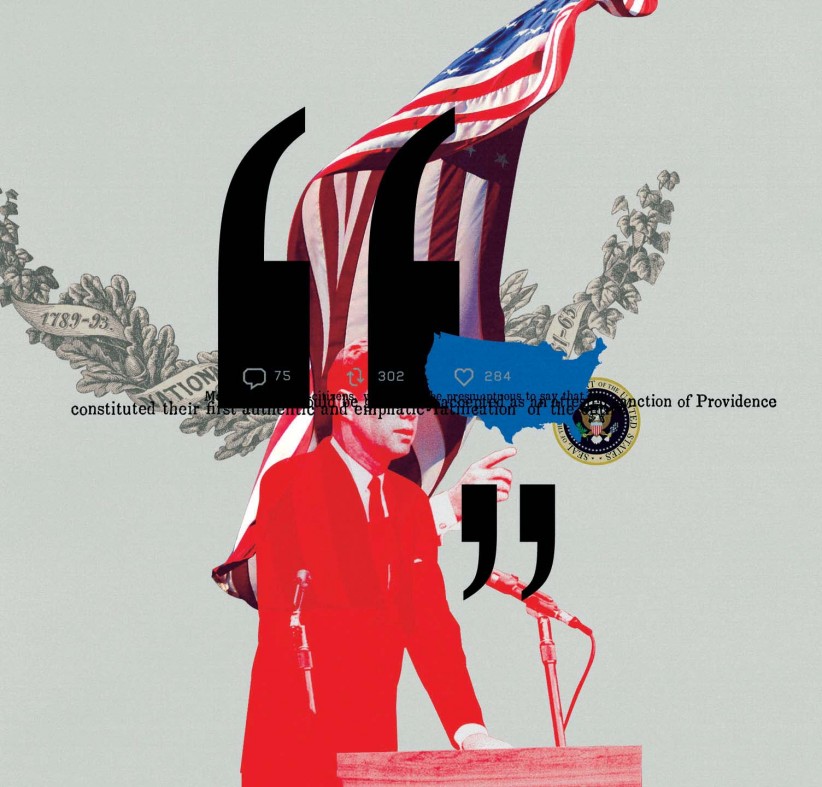Q&A: Mary Stuckey on the Importance and Evolution of Presidential Rhetoric
Presidential rhetoric has two functions. First, it is persuasive: A candidate wants to get elected and has to motivate the public.

Presidential rhetoric has two functions. First, it is persuasive: A candidate wants to get elected and has to motivate the public.
